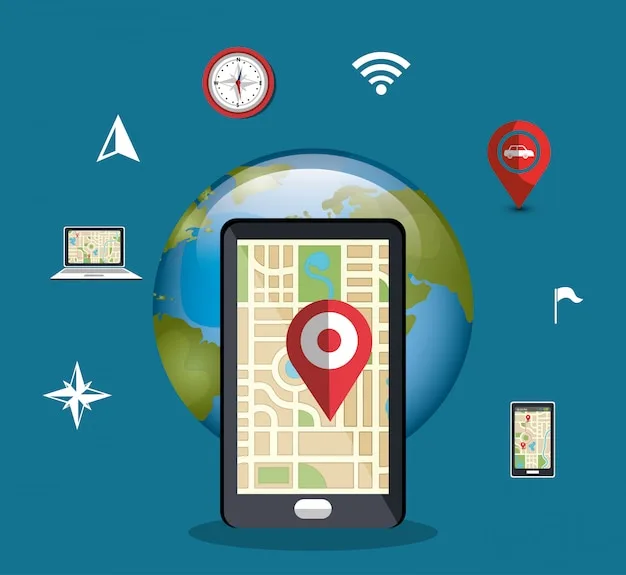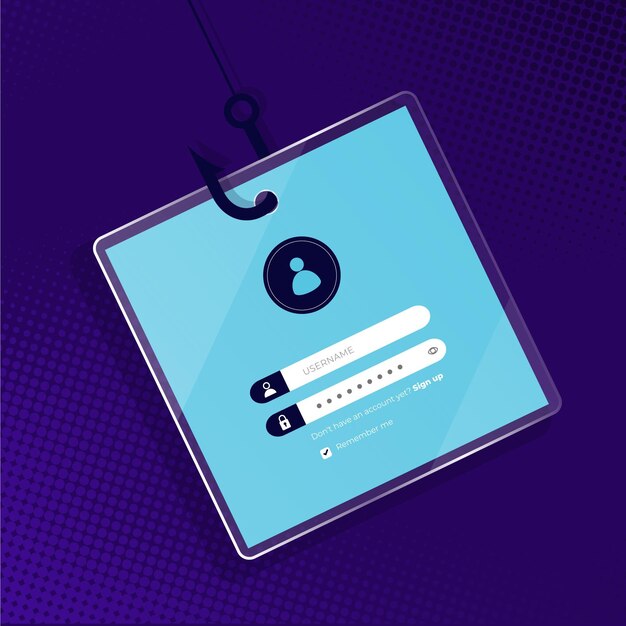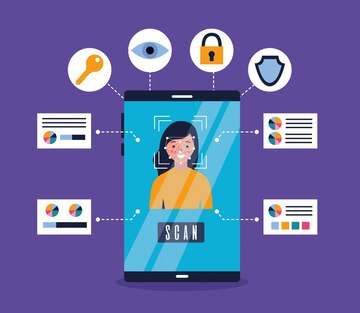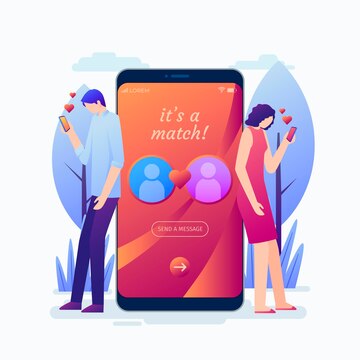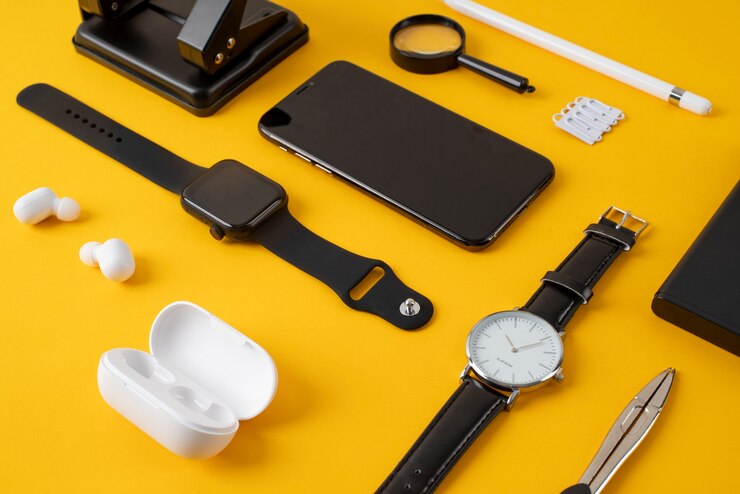The tech world never sleeps, and 2025 is shaping up to be another exciting year packed with innovative gadgets that promise to make our lives easier, more fun, and a lot more connected. From futuristic wearables to smart home devices and mind-blowing entertainment tech, this year’s gadget lineup is full of surprises. Whether you’re a tech enthusiast, casual user, or looking for the perfect gift, here are the coolest new gadgets of 2025 that you absolutely can’t miss.
1. Smart Glasses: The Future of Augmented Reality
Smart glasses have been a hot topic for a few years, but in 2025, they’re finally hitting the mainstream in a big way. The latest models offer seamless augmented reality (AR) experiences, overlaying useful information onto the real world without bulky headsets or clunky designs.
Imagine walking through Berlin and seeing live translations, notifications, or directions right in your line of sight. These glasses come packed with AI-powered voice assistants, gesture control, and even health tracking features, making them more than just a cool accessory—they’re a practical daily tool.
2. Foldable and Rollable Screens: More Screen, Less Bulk
Say goodbye to traditional flat screens. Foldable smartphones and rollable tablets are evolving to offer larger displays that fit comfortably in your pocket or bag. In 2025, these devices are lighter, more durable, and boast incredible screen resolutions that make gaming, streaming, and multitasking a breeze.
Manufacturers have also added innovative software that adapts to screen changes, ensuring apps and videos automatically resize without glitches. If you crave versatility and top-tier visuals, these flexible displays are a game-changer.
3. Next-Gen Smart Home Assistants
Your smart home just got smarter. The newest smart home assistants come equipped with advanced AI, allowing them to understand context better and predict your needs before you say a word. They control everything—from lighting and climate to security cameras and kitchen appliances—through natural conversations or automated routines.
Some models now feature emotional recognition to adapt their responses based on your mood, helping create a more personalized and comforting environment. Plus, privacy-focused designs ensure your data stays safe while keeping your home connected.
4. Ultra-Portable Solar Chargers
For those always on the go, ultra-portable solar chargers are a must-have in 2025. These lightweight, foldable panels harness sunlight efficiently to power your devices anywhere—whether hiking, traveling, or during power outages.
The latest models are designed to charge multiple devices simultaneously and come with smart tech that maximizes charging speed based on weather conditions. It’s eco-friendly tech that keeps you powered while reducing your carbon footprint.
5. Wearable Health Tech Gets Smarter
Health and fitness gadgets continue to advance, offering more precise and comprehensive monitoring. The newest wearables track everything from heart rate variability and oxygen levels to stress and hydration status. Some even use AI to provide personalized health recommendations based on your data trends.
Whether you’re a fitness fanatic or just looking to maintain a healthier lifestyle, these devices offer valuable insights and motivation. Plus, they sync effortlessly with your smartphone or smart home system for real-time feedback.
Why These Gadgets Matter
Beyond their cool factor, these gadgets reflect broader trends in technology: increased mobility, smarter AI integration, and sustainability. They’re designed not just to impress but to improve daily life in meaningful ways—whether by saving time, enhancing wellness, or reducing environmental impact.
How to Choose the Right Gadget for You
With so many options, picking the perfect gadget can be overwhelming. Here are a few tips:
- Identify your needs: Are you looking for productivity boosts, entertainment, or health tracking?
- Check compatibility: Make sure the gadget works well with your existing devices and platforms.
- Consider privacy: Look for products with strong data protection features.
- Read reviews: Early user feedback often highlights hidden pros and cons.
Final Thoughts
2025’s gadget scene is a thrilling blend of innovation and practicality. Whether it’s slipping on smart glasses that augment your reality or using a foldable screen to watch your favorite show on the go, these devices are changing how we interact with the world.
Stay curious, and keep an eye out for these cutting-edge gadgets—they just might be the next must-have in your tech collection!
<meta name="google-adsense-account" content="ca-pub-9861285115076181">
<meta name="google-adsense-account" content="ca-pub-9861285115076181">
<script async src="https://pagead2.googlesyndication.com/pagead/js/adsbygoogle.js?client=ca-pub-9861285115076181"
crossorigin="anonymous"></script>

